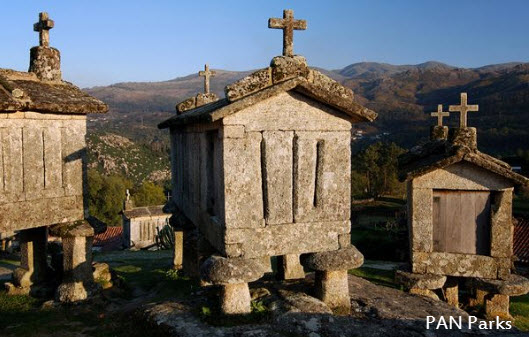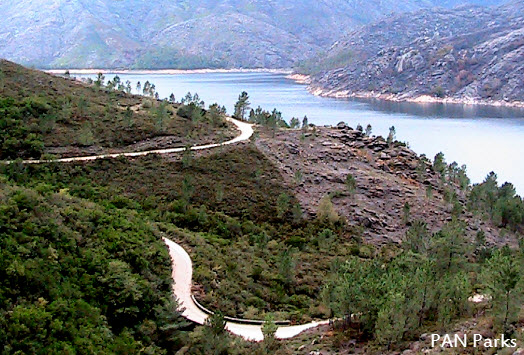The Peneda-Gerês National Park is far-famed, and the name, Gerês also knows it. The Park is one of the 11 parks in European countries backed by the Pan Parks Foundation to shield the natural territory and natural means of the continent. Portugal has many protected landscapes and natural parks, but Gerês is the only national Park in Portugal.
The Park is made with the objective while keeping its worth to the existent human and natural resources to shield the land, water, flora, fauna, and landscape. Tourism and instruction are also targets of the Park.
Likely, because the Gerês mountains are barren, the earliest signs of human existence date from 6000 BC to 3000 BC; other megalithic graves and dolmens stay interspersed in the area, including near Mourela and Castro Laboreiro. Human activities consisted of incipient agriculture and animal husbandry, and archaeological evidence points to the start of the decline in forest cover.
A Roman road, the Roman Geira, crosses the area, which once joined the Roman civitates of Braccara Augusta and Asturgia. Long expanses of the road along the Homem River are maintained, as are numerous millenarium marks and several Roman bridges. Moving the terraced slopes and cliffs to the lowland river valleys brought new deforestation.
Also, read about PanParks Vison & Pan Parks Wild Network of Europe & PAN Parks Developing Wilder Places in Europe.
Agricultural fields inhabited former pastures, which were displaced to more raised regions leading to a mosaic of fields, pastures, and woods.
The PNPG area falls inside a transitional zone between the Atlantic and Mediterranean ecosystems and is affected by various climatic systems: Continental, Mediterranean, and Atlantic. The topography significantly affects its climate; the mountains are a barrier to passing wet and hot air masses coming from the Atlantic Ocean, causing increased precipitation throughout the year.
Lands within the raised inclined and terrains spaces are nonexistent, while the valleys are deep and rich, transported and deposited by fluvial activity. These strata are permeable, textured, easily worked, albeit with a poor consistency, and marked by local agriculture’s peculiarities. The incorporation of biomass-raised precipitation and low fall-winter temperatures gives an origin. The raised amounts of incompletely decomposed organic material, low in intermittently and phosphorus low/high in potassium, are subject to alluvial deposits.
Fulufjället National Park
Fulufjället National Park is one of the few areas in Southern Sweden yet unspoiled by exploitation. Fulufjäll is like no other mountain range in Scandinavia as it is a 35 km long, 15 km wide plateau of sand. At 1,000 m in height, the plateau is surrounded by steep slopes and dramatic, narrow, forest-clad ravines. A small system of lakes lies in the north. In the northeast, 100,000 visitors flock annually to see the cascading waters at Njupeskär, Sweden’s largest waterfall.
Fulufjäll was designated a national park in early 2002 and hosted a big opening on 17 September.
Fulufjäll is like no other mountain range in Scandinavia, composed of sandstone. The mountain is a 35km long, 15km wide plateau.
Njupeskär is Sweden’s largest waterfall at 96m?
There are 364 inhabitants permanently living around Fulufjället.

